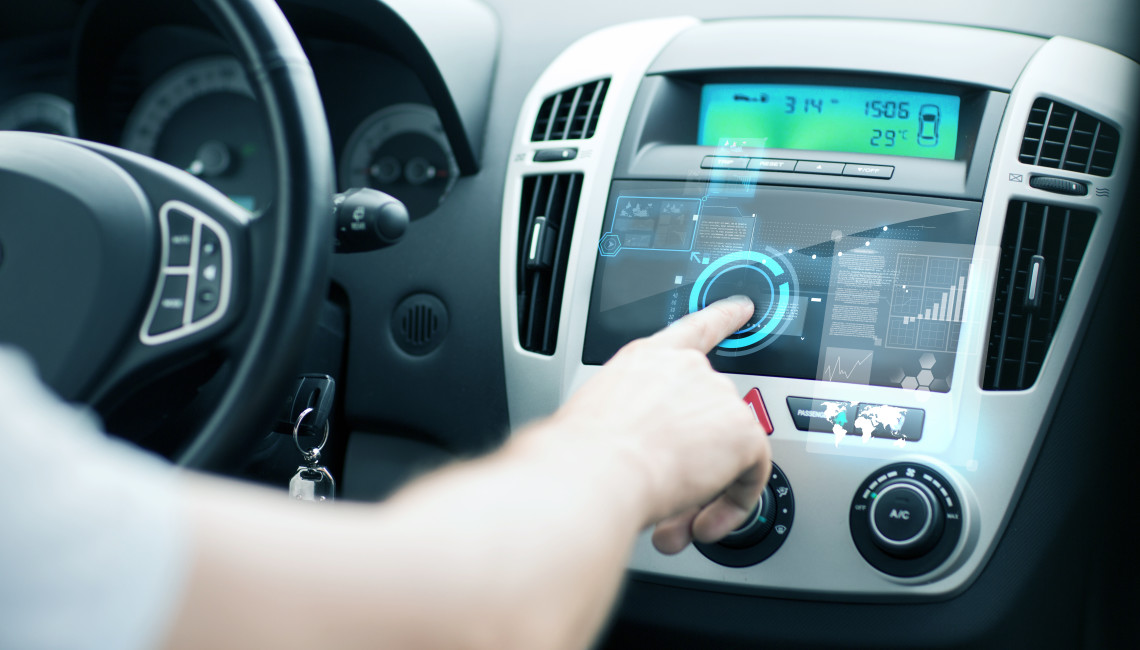Users’ Handedness and Performance when Controlling Integrated Input Devices – Implications for Automotive HMI

Client: Study in Cooperation with RWTH Aachen University
HCI • HMI • Inclusive Design • Special User Groups • Traffic Psychology
May 14, 2017
In modern technical environments we are confronted with tools transforming body movements into tool movements to extend our own capacities (e.g., controlling the centrally integrated input device of an in-car HMI while driving), and to enlarge or strengthen single parts of our body (e.g., using advanced driver assistance systems). However, tool use often challenges the human information processing system. Especially, when spatial and/or spatial-temporal trajectories of body and tool movements do not correspond, human movements become slow and inaccurate. This study investigated the impact of handedness on simple and complex tool actions. In pointing and point-drag-drop tasks, right- and left-handed users controlled the cursor with a movement- or force-controlled input device (touchpad vs. trackpoint). In both tasks response times, but not errors increased for trackpoint compared with touchpad use. Any performance differences between left- and right-handed users in general were not observed, but an interaction with the dominant and non-dominant hand in action. Right-handed users’ response times were higher for their non-dominant hand, especially in point-drag-drop tasks. Surprisingly, for left-handed users we did not observe any performance difference between their dominant and non-dominant hand. Additionally, more pronounced practice effects were observed for right-handed users than for left-handed users. Results showed that right-handed users, but not left-handed users were less skilled with their non-dominant hand. This became very apparent in complex tool actions. We assume that most tools and tool environments are designed for right-handed usage, so that left-handed users are often forced to use their non-dominant (right hand) for proper usage. Consequently, fine psychomotor abilities of their non-dominant hand must be better developed. Recent results confirm this.
